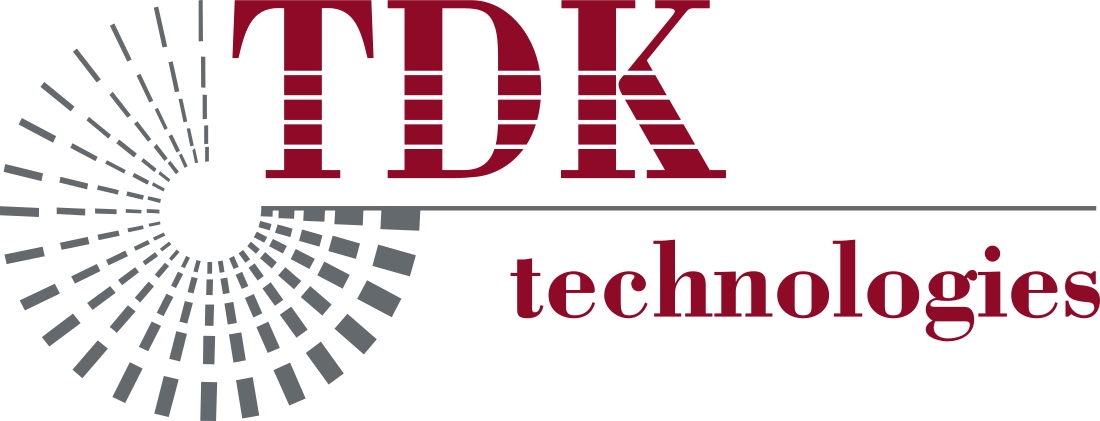Why Agile Software Development Methodologies are Game-Changers for Customers
Agile software development methodologies have revolutionized the way software is built, making it more flexible, efficient, and customer centric.
Originally software development followed what was known as the Waterfall method, which involved starting with requirements, then sequentially moving on to design, then development, and finally testing. This method made it difficult to make changes once a phase had been completed. In other words, once the ‘water’ started ‘falling’ it can't go back up, thus adjustments required considerable effort and expense.
A better way to develop software emerged that was more iterative and incremental. The Agile Manifesto, which was drafted in 2001, promotes a more flexible approach that prioritizes individuals and interactions over processes and tools, and working software over comprehensive documentation. Agile development allows for a more customized end product that better meets the customer's needs.
"We used to talk about building software like houses; meet with an architect, design the house, then start building. But the further you got into the build, the tougher it was to make changes,” said Ian Patterson, TDK Chief Operating Officer. “Agile completely flipped that and said it's not like building a house. It’s more piecemeal. If you want to make a change, you make it."
Agile means more efficiency, allowing for more flexible and adaptive software development. The end product can evolve as the customer's needs change, since developers focus on creating a functional product on each iteration that can be improved and updated over time.
Workable Software Sooner – Faster ROI
Ideally Agile results in usable software, faster. It gets to a return on investment sooner. And it helps ensure that by the time the project is finished, there is a more complete product that better meets customer needs compared to when projects were completely mapped out at the beginning.
"Before Agile, once you set on a path, you followed the path until you arrived at your destination." said Mark Henman, TDK Chief Technology Officer. “By the time you get to a featured release, you have something customers can use. It may not be complete and may not have everything customers want, because you're not at your destination yet.”
Agile methodologies make the customer a partner in the development process, rather than just a recipient of the end product. This allows for a more collaborative approach, where the customer's input is valued and incorporated throughout the development process. They can provide feedback and see the progress of their project in real-time.
“If you look at a project from a total timeline perspective, Agile may not reduce the length of a project. But it increases the flexibility of delivery by an order of magnitude. And it reduces risk because you're delivering a product the customer can see along the way and they can give feedback very quickly,” Henman said.
Cost Benefits for Customers Receiving Software Developed Using Agile
There are cost benefits for customers who receive software development using Agile methodology. Because Agile facilitates modifications throughout the development process, unnecessary expenses can be taken out of the project. With traditional methods, making changes once a certain phase had been completed was costly and time-consuming. However, with Agile, changes can be made at any point in the development process, which can help to keep costs down.
“Agile methodologies enable customers to prioritize the most important features and functionality of the software, and avoid unnecessary costs. That’s because Agile encourages customer collaboration and flexibility, allowing for a more responsive and satisfying experience for the customer. By involving customers in the development process, developers can ensure that the final product meets the customer's needs and budget,” Patterson said.
Many cost benefits of Agile come from the inherent efficiency in the development process. By working in small pieces, developers can test and receive feedback throughout the process, rather than waiting until the end. This can help to identify and resolve issues sooner, which can ultimately save money.
“The use of open-source projects and tools has also made it easier to document changes and communicate with customers. Such transparency makes it easier for customers to understand the progress of their project,” Henman said.
To Recap
Agile software development methodologies not only improve the software development process but also provide significant benefits for customers. The Agile approach prioritizes customer collaboration and flexibility, allowing for a more responsive and satisfying experience for the customer. The ability to make changes throughout the development process, the use of open-source tools, and the flexible and adaptive approach make it possible for the end product to evolve as the customer's needs change.
